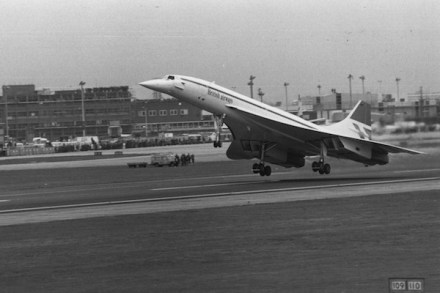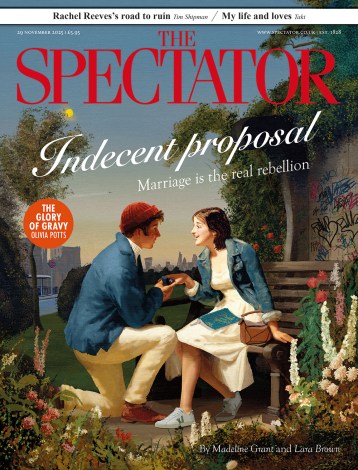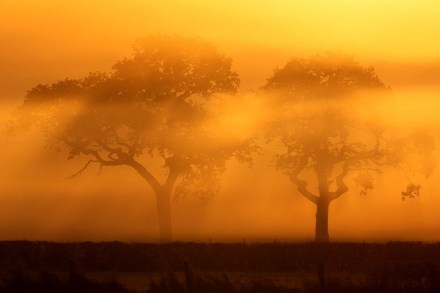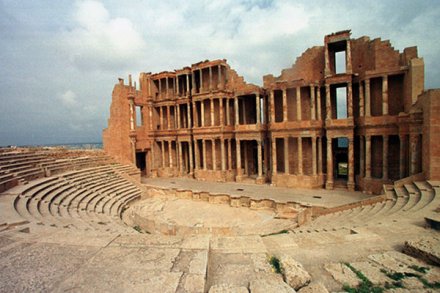Heathrow is the answer – and we know how to make it work
I realised I wanted to pilot Concorde the day I turned 25. I learnt to fly as a member of the Air Squadron at Birmingham University, but I wasn’t sure I wanted to make a career of flying. But when I turned on the television on my 25th birthday and saw the first flight of the British Concorde, I thought ‘that’s what I’ll do’. I became Concorde’s longest serving pilot: 27 years. Concorde has long since been retired, and I stepped down as Director of Flight Operations for British Airways a number of years ago. But the one problem that irked me throughout my flying career remains unresolved: what do

















